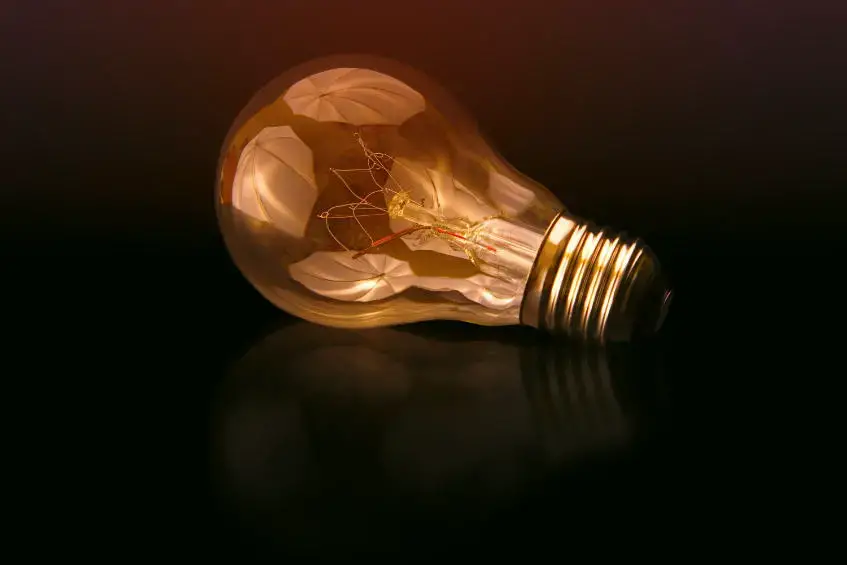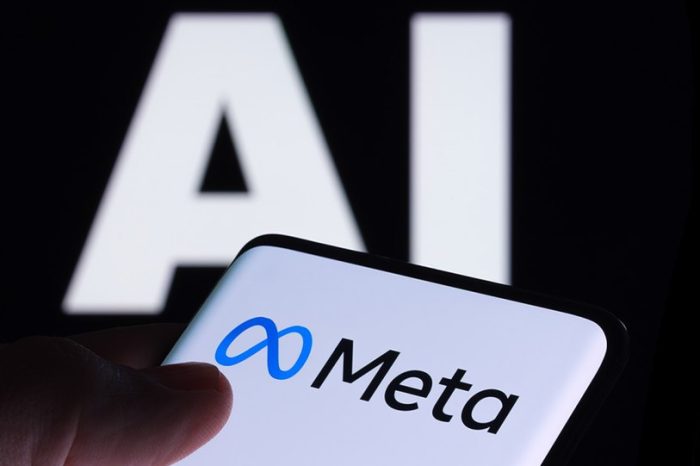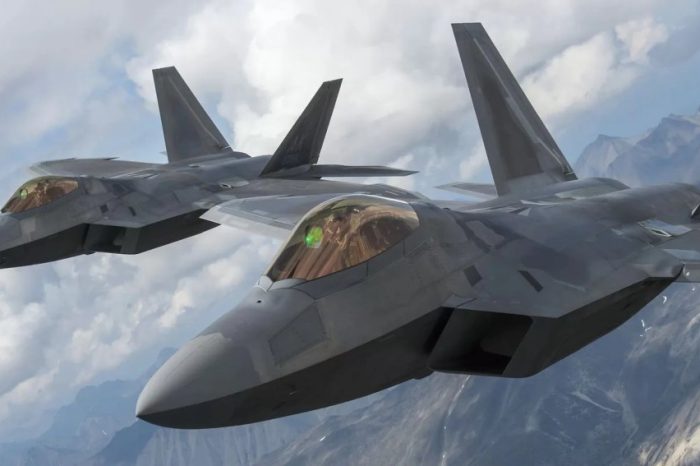The light industry has seen various innovations but seems to be overlooked, with other technological advancements taking center stage. Thankfully, lighting is catching up and getting the recognition it deserves.

The evolution of lighting is an exciting story and seems to be moving in the right direction each day. It has come a long way, and its future is getting more digitized. The innovations indicate that now lighting is not all about providing light.
However, the lighting industry has seen tremendous evolution from incandescent to LEDs, and that is where our focus will be. The industry discovered most of the incandescent bulbs before Thomas Edinson’s. During this time, the models invented before were not pretty practical. Luckily, technology continued to advance, and within no time, the industry discovered new features.
In the 1970s, the most significant innovation came about when LEDs were invented. Again, technology had played its part. However, if you wonder where the initial low-powered LEDs were, they were not quite effective and required advancement to better bulbs. This led to inventing heavy-duty and commercial LED lamps, and that laid the foundation for the LED lights as we know them today.
So, why the evolution of the lighting industry? Mostly, it’s because of various features such as safety, energy efficiency, CRI, and CCT. Let’s take a look at the evolution:
Incandescent Light Bulbs
Incandescent light bulbs are pretty popular. Their wattage varies from 40-110 watts. All incandescent bulbs glow upon heating which minimizes their durability thanks to wearing and tear. The life of the bulb is approximately one year.
It is not durable by all means. However, these lamps are available in nearly all light applications. Considering they are a core part of the lighting industry, it is no surprise. The categorization of these bulbs depends on their shapes, sizes, and coating.
They have been in use for a very long time but are becoming less preferred as the evolution of the lighting industry moves forward. Part of the reasons why they are no longer desired include:
- Waste concerns
- High energy consumption
- Non-durability

Halogen Light Bulbs
The introduction of these bulbs was primarily to light up bigger spaces. They provide higher power than incandescent bulbs. However, the halogen light bulbs are almost similar since they use a filament for heating purposes. A halogen cycle means less energy gets consumed and minimizes wear and tear, which increases the bulb’s durability.
However, the improvement was too slight and almost insignificant. Their problems included safety concerns and short life, which promoted the evolution further.
CFL Bulbs
CFLs are also referred to as compact fluorescent bulbs and represent the first energy-efficient lights. They contain two electrodes with argon and mercury, which produce UV light which is transformed to visible light after striking a phosphor coating.
The CFLs represented a significant step in the evolution of the lighting industry since they could last ten times longer than the bulbs that were there before. Their durability makes them an exciting choice among many. However, they have their shortcomings, including:
- Not nearly as durable as LEDs
- Require a longer time (approximately 30 seconds) before they light up fully
- Contained mercury
LED Bulbs
1968 marked the introduction of commercial LED lamps, but their evolution seems to be unending. The LEDs are pretty convenient, which has seen their demand increase significantly over the last few years. They are pretty energy-efficient, allowing homesteads to cut their bills, especially in the long term. Like all other options, the lights produce heat, but, in this case, it is absorbed into a heat sink, ensuring the LEDs are cool throughout while saving energy.
Unlike their predecessors in the lighting industry, LED bulbs do not come with the same shortcomings. Notably, they can last for approximately ten years while being used for at least three hours a day. Likewise, significantly, these LEDs are not affected by sudden changes in temperature and can be waterproof depending on their usage.
Lighting plays a crucial role in nearly all activities, and the need for an efficient solution in place is necessary across all industries. As such, this evolution is well warranted, and LEDs will keep on getting better. If you are looking for a durable heavy lighting solution that will meet all your industrial business needs, you should consult a reputable provider such as Phoenix Lighting for durable lighting options.










